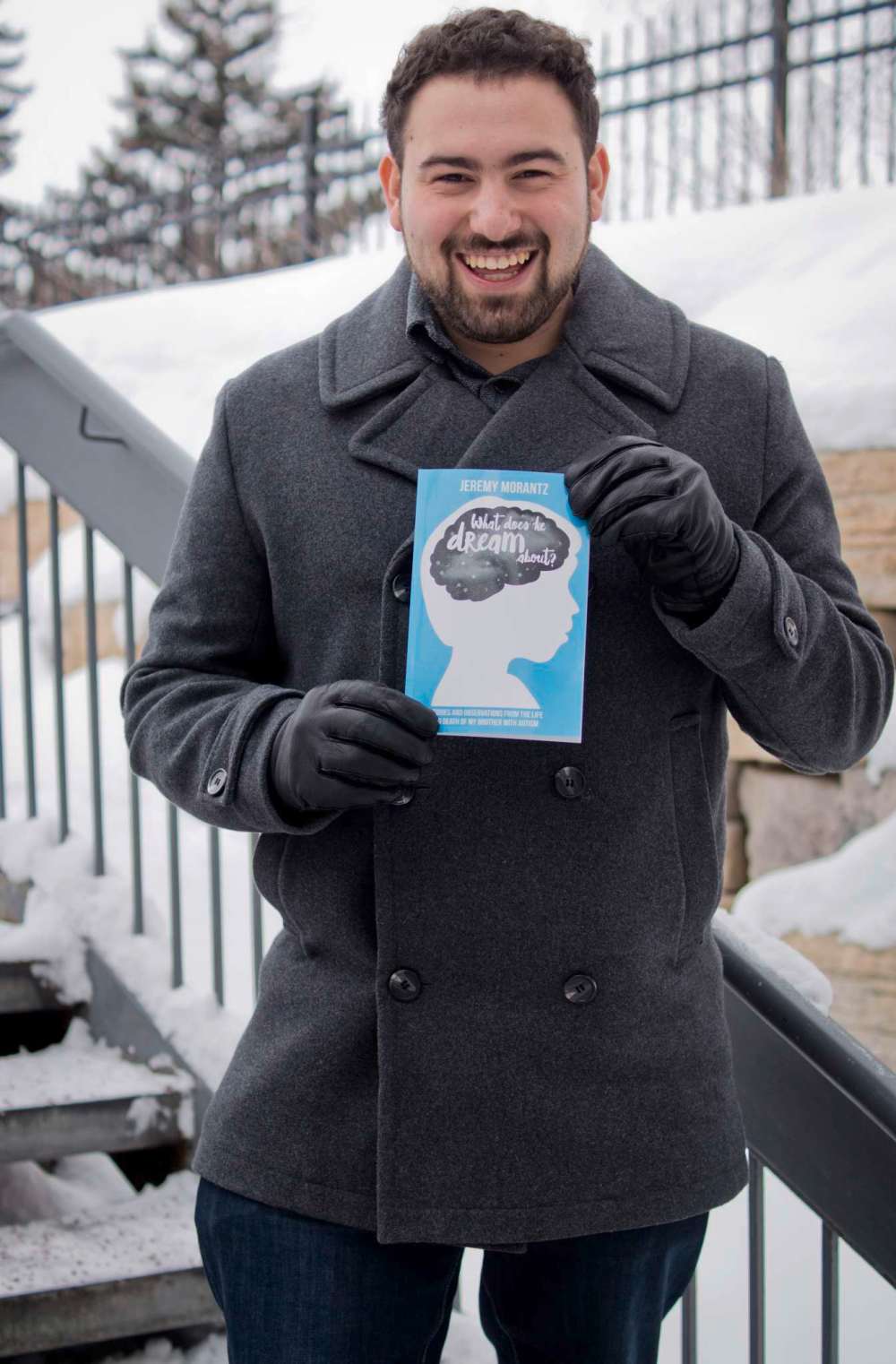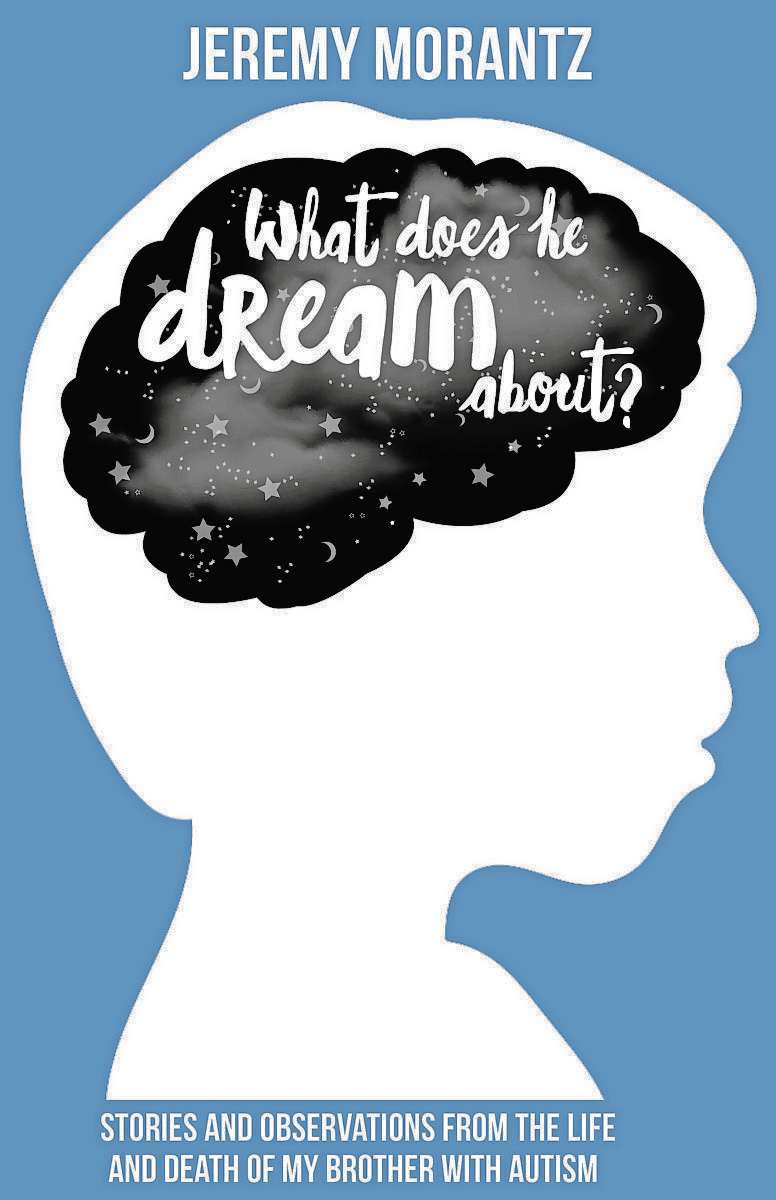Delving into a difficult past
Jeremy Morantz pens What Does He Dream About?
Advertisement
Hey there, time traveller!
This article was published 04/03/2019 (2484 days ago), so information in it may no longer be current.
The tragic death of his teenage brother has prompted local writer Jeremy Morantz to diarize what it means to be the sibling of a person with autism.
Morantz, 21, has published his first book, What Does He Dream About? (Stories and Observations from the Life and Death of my Brother with Autism), reflecting on the 16 years he spent with his brother Nathan, and his sudden passing.
The relationship between the two brothers — just three years apart in age — was strained, to say the least, Morantz explained.

Nathan lived with severe autism spectrum disorder and required 24-hour respite care. Life at home was never simple and Nathan’s autism could be loud, disruptive, and by no means glamourous, Morantz said.
“As a teenager at the time, I desperately longed for a normal family and a normal household situation,” Morantz said. “So I hardly interacted with him and tried to avoid him as much as I could, but when he passed away I had to grapple with that guilt that I probably wasn’t the best brother I could have been.
“His passing also showed me the value I could extract from having a brother like that and the lessons he taught me, without even realizing it.”
At 16-years-old, Nathan died following an accident in the family’s Tuxedo home pool. He choked on water and suffered a laryngospasm (a spasm of the vocal cords) and was placed on life support in hospital.
After three days in a medically induced coma, Nathan was taken off of life support and passed away.
“It was a complete shock to the system and something that you’re just never prepared for emotionally,” Morantz said.
What Does He Dream About? is a full and honest account of the grief, the love, and the memories shared with Nathan, Morantz said. The 100-page paperback collects the vignettes and personal essays that sincerely recall the brothers’ shared experiences and Morantz’s disappointment in being a distant older brother.
“That’s the only way this book works. I have to be as honest with myself as I can be, and as honest with the reader as I can be. If I tried censoring things or altered things, it would not have turned out as impactful as it did,” he said.
“Writing about my childhood with my brother was actually a lot of fun,” he added. “It reminded me of a lot of the good times he and I had together and how quirky, charming and weird his personality was.”

Morantz hopes his brother’s story will also help the public understand that autism spectrum disorder is not as simple as depictions in popular media, and that the tropes those characters rely on are not representative of all people or families living with the disorder.
“I always knew that my brother’s story was something that people would be interested in and I always knew that I had a unique perspective on what it’s like to grow up with a sibling who has severe autism spectrum disorder,” he said. “The primary goal that I wanted to achieve was to counteract the stigma that mainstream media and Hollywood has put in people’s minds: this idea that if you have autism you’re a little socially awkward but you’re this gifted genius.
“That was not my experience at all with my little brother.”
What Does He Dream About? is available at McNally Robinson Booksellers for $19 and proceeds from the book will be donated to the Nathan Morantz Respite Care Fund.
“That money is used to help families that don’t have the means to afford consistent or quality respite care,” Morantz said. “As someone who grew up with a brother with autism, I can’t stress enough how invaluable respite services are.”




